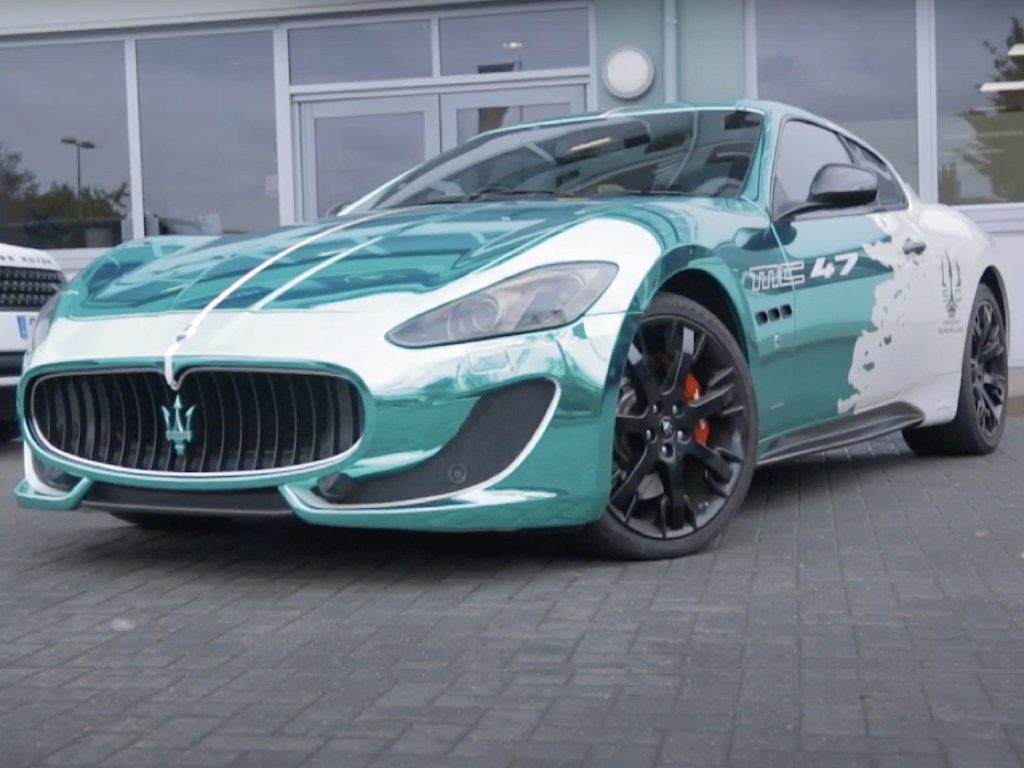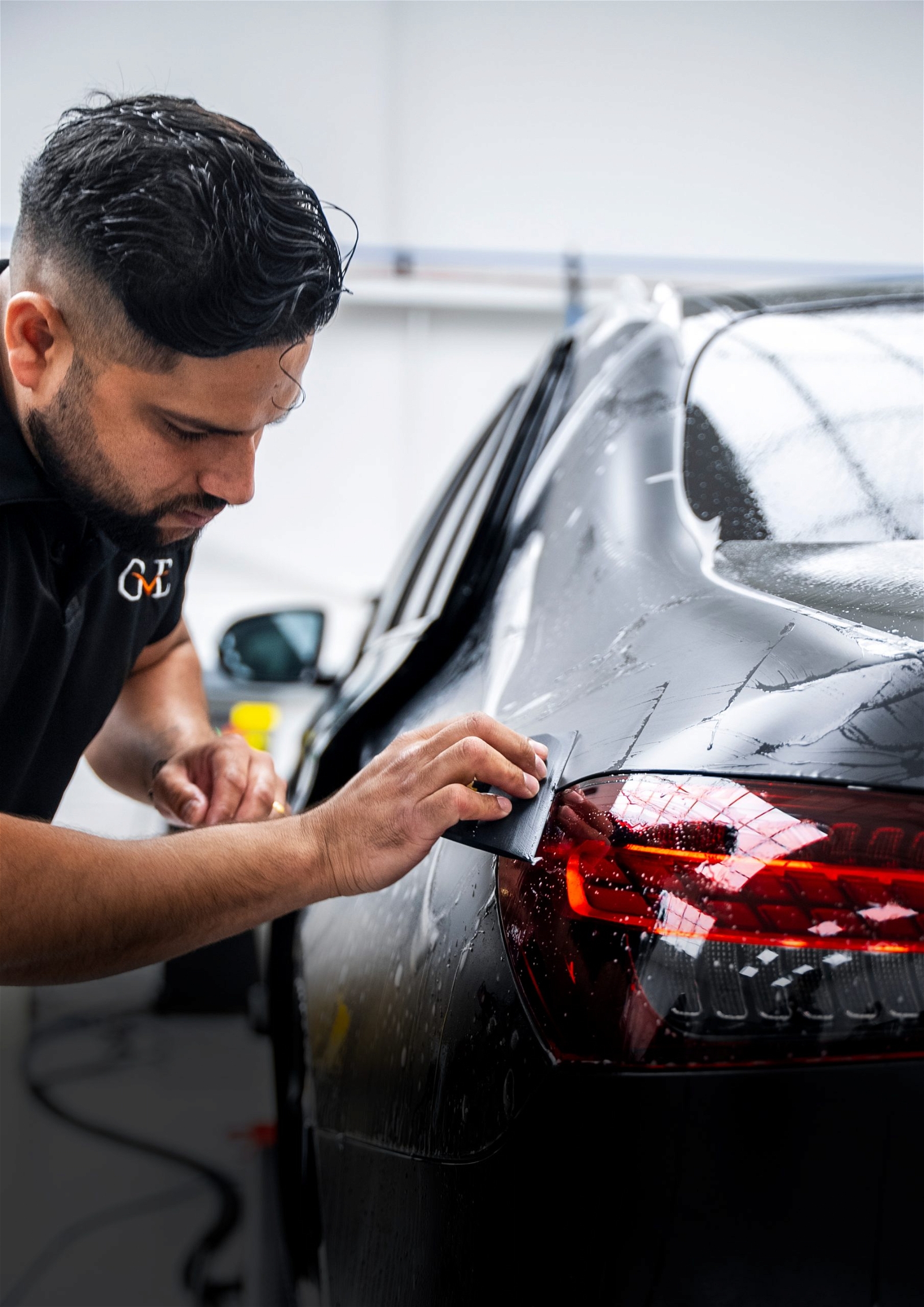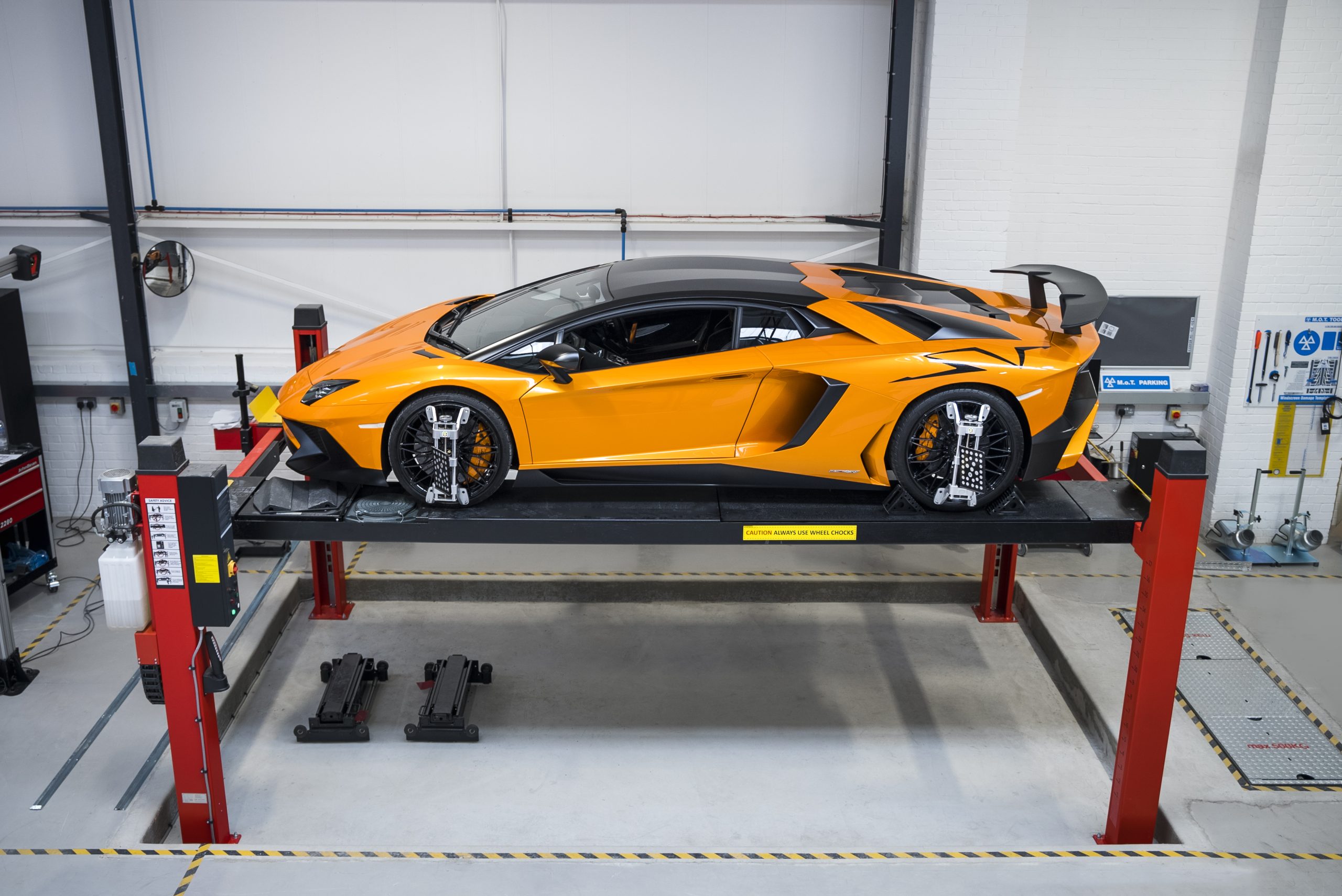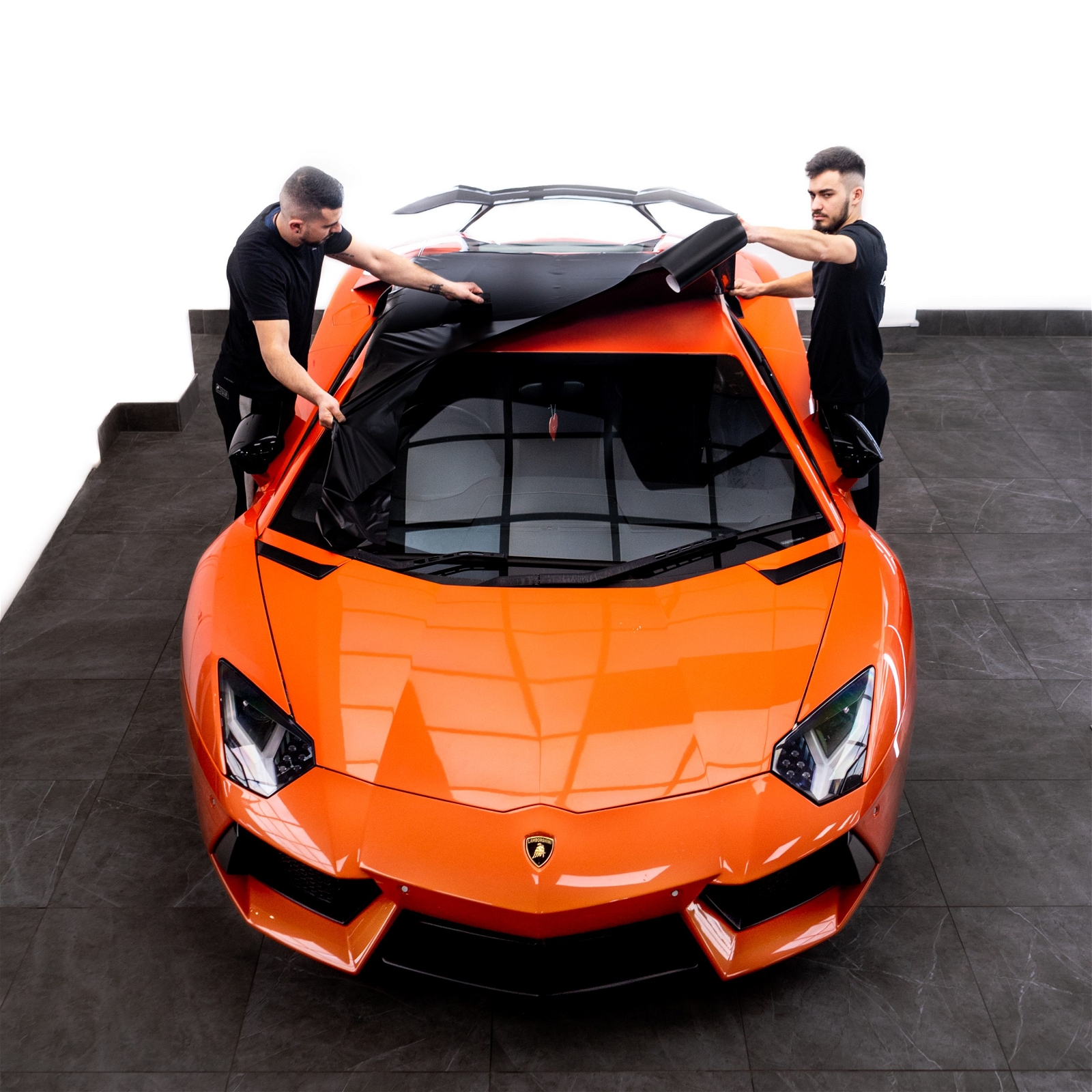
2015 Range Rover Sport SVR
The new Range Rover Sport SVR, the fastest and most powerful Land Rover in the company’s history, is set to go on sale in February 2015.
The £93,450 model draws power from a 542bhp supercharged 5.0-litre V8, which helps to propel the SVR from 0-60mph in just 4.5sec and reach a top speed limited to 162mph. This, and tweaks to the suspension and gearbox, has helped the SVR to set a new lap record for SUVs at the Nürburgring, with a lap of 8min 14sec.
The SVR is the work of Jaguar Land Rover’s Special Operations unit, which is headed by former Land Rover boss John Edwards.
It is the latest in an increasing number of SUVs with supercar-baiting levels of power and performance, its rivals including the likes of the Porsche Cayenne Turbo S, Mercedes-Benz ML63 AMG and the BMW X5 and X6 M.
The SVR’s supercharged V8 engine is also found in some of Jaguar’s most potent models, including the F-type R coupé and XFR-S saloon.
The 5000cc all-aluminium unit produces 502lb ft of torque. Despite the power and torque increases over its 503bhp application in the Range Rover Sport Supercharged, economy and CO2 emissions remain unchanged at 22.1mpg and 299g/km respectively over the less powerful model.
Drive is sent to all four wheels through a revised ZF-supplied eight-speed automatic transmission, which can be controlled by steering wheel-mounted paddle shifters or the gear selector.
The torque converter is tuned for 50 per cent quicker shifts, which Land Rover claims are “shorter, more visceral and audibly crisper” than in the gearbox’s standard application. Gearbox functions include the blipping of the throttle in high-speed downshifts.
Off-road ability is maintained by having permanent four-wheel drive, a two-speed transfer case and an electronically controlled multi-plate clutch in the centre differential.
On-road performance is boosted by a recalibration of the Dynamic Active Rear Locking Differential, which sends torque to the rear wheel with the most traction.
A torque-vectoring differential is imitated by a Torque Vectoring by Braking function, while the Dynamic Stability Control system has been retuned.
The SVR uses a two-stage active exhaust with electronically controlled valves, creating a “racecar-like soundtrack”, according to Land Rover.
The valves in two of the four pipes are closed at low revs and loads, but they open under increased loads and engine speeds of around 3000rpm. A crackle has also been tuned on overrun. The exhaust still works with the Range Rover Sport’s 850mm wading depth.
The chassis has been tuned for improved agility, the SVR featuring air suspension, adaptive dampers and stiffer, lighter components.
Key to the SVR’s cornering ability is an Active Roll Control system, which replaces anti-roll bars with a hydraulic pump on each axle to control body roll and allow the car to “deliver a progressive breakaway on the limit”. Weight has also been added to the variable-ratio electric steering system.
The SVR is easily distinguished from other Range Rover Sports by a series of design changes. There’s a new front bumper with larger air intakes, a new grille finish, flared wheel arches, a new rear bumper with integrated diffuser and quad exhaust pipes, and a rear spoiler.
Inside, new and luxuriously trimmed sports seats feature alongside standard aluminium trim and optional carbonfibre trim. Four different colour schemes are offered inside.
Source: www.autocar.co.uk
RECENT POSTS
SERVICES
Contact Us
"*" indicates required fields











